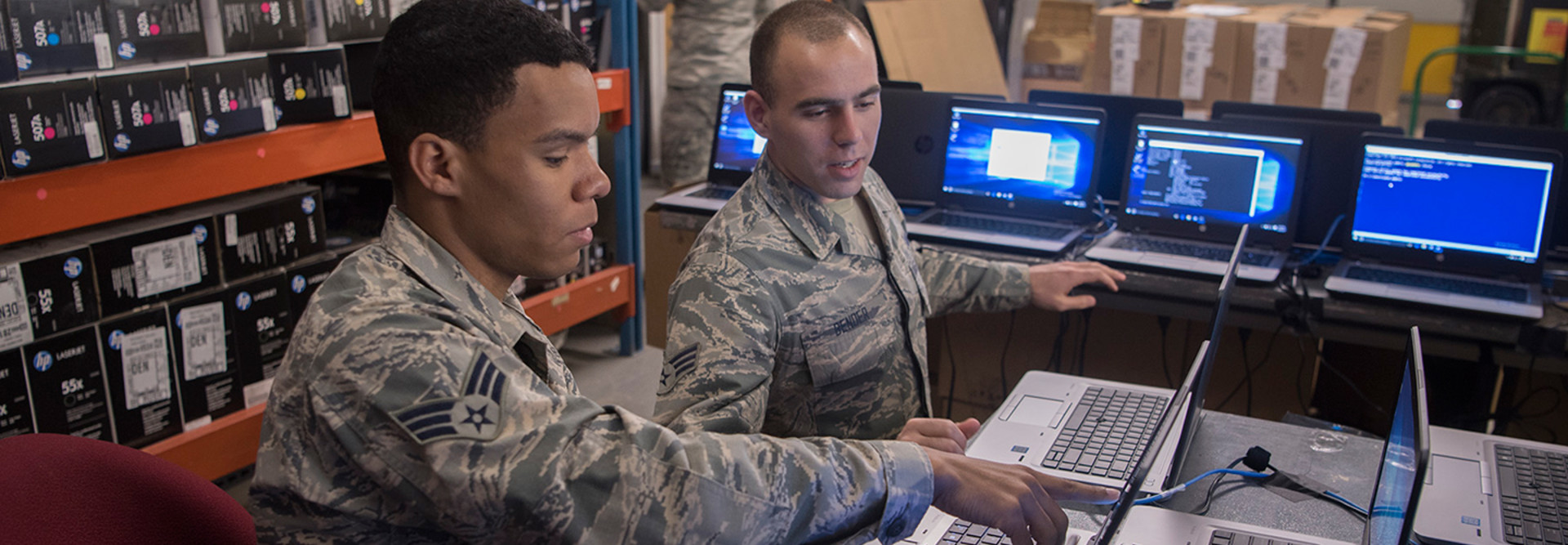There’s Still Time to Begin Windows 10 Migration
Most agencies began the migration process to Windows 10 as part of the government’s ongoing goal to modernize its technology. As many have found, the migration is generally a yearlong journey, and sometimes longer.
However, this particular journey, from planning to reaching employee buy-in, is complicated by the fact it involves technology nearly every worker touches and uses daily, and even knows by name.
This is what agencies face as they phase out Windows 7 in its final year of life.
The Windows 10 transition technically should be complete for everyone by Jan. 14, 2020, the day that Microsoft ends technical support and stops sending automatic security updates for Windows 7.
Since its release in October 2009, Windows 7 has been the primary operating system used on millions of federal computers. Some agencies, as recently as 2016, still ran on Windows XP and Windows 3.0. Worldwide, 7 percent of desktop computers still ran on XP in 2017.
Those agencies that haven’t started moving to Windows 10 yet, or are in the early phases of planning the migration (preparation can take longer than the actual deployment), might not make the deadline. Given the lack of support after next Jan. 14, however, starting late is better than not starting at all.
MORE FROM FEDTECH: Find out everything you need to know about Windows 7 End of Life.
The Benefits of a Windows 10 Migration
Perhaps the biggest upside to moving to Windows 10 isn’t improved security or better cloud access, but one many agencies may not have considered: Microsoft hopes this is the last major migration they’ll ever need.
In addition to replacing major upgrades with more frequent (and relatively less complicated) updates, there are other reasons to switch to Windows 10, including:
- Security: Windows 10 includes at least seven different security features that allow agencies to structure a protection system to fit their specific needs. Automatic updates for bug fixes, security patches and general upgrades replace voluntary ones, guaranteeing that no computer is left unprotected.
- Cloud Access: The Data Center Optimization Initiative is spurring many agencies to move quickly to Windows 10, which provides them with a cloud-friendly, modern platform.
- Updating Legacy Technology: The federal government’s reliance on legacy equipment is well known, from the IRS and its Tax Day crash of 2018 (a new app wouldn’t work with older technology) to the Department of Homeland Security, which as recently as early 2018, still had three servers running on Windows Server 2003.
MORE FROM FEDTECH: Discover how the Army, Coast Guard and SBA migrated to Windows 10.
Prepare for a Windows 10 Migration
The first step for any agency starting the migration process: Know what you own. Do an inventory of every machine, every device, every piece of software, every endpoint and every cloud-based app downloaded by a user without telling you.
How many users do you have? How experienced are they? Do they perform mission-critical duties that can’t be interrupted? How many machines? How old are they? Do they need to be updated as well?
Microsoft has toolkits and other analytics to assist IT teams with this heavy lift. Once the task is complete, a pilot group of users can begin testing the new system, and plans for actual deployment can begin. A few basic tips: Stagger the rollout so that the IT experts and hard-core beta users go first; avoid deploying to mission-critical people in the middle of a project.
Deployment rings can ease the process. Each ring should include workers from a variety of departments so problems limited to one department can be seen quickly and affect only a few people at a time.
Plan for Missed Windows 10 Deadlines
What if you don’t make it? Extended support will be available, but comes at a per-device cost that will increase until the support expires at the end of January 2023. (Note: Internet Explorer 11 remains compatible with Windows 10, but it’s the last version of that browser, which is being replaced by Microsoft Edge.)
Microsoft also plans to release Windows Virtual Desktop, which will virtualize Windows 7 applications and, in some cases, desktops for agencies that need to move forward with migration but are strapped for time or personnel to correct application compatibility issues.
This article is part of FedTech's CapITal blog series. Please join the discussion on Twitter by using the #FedIT hashtag.










